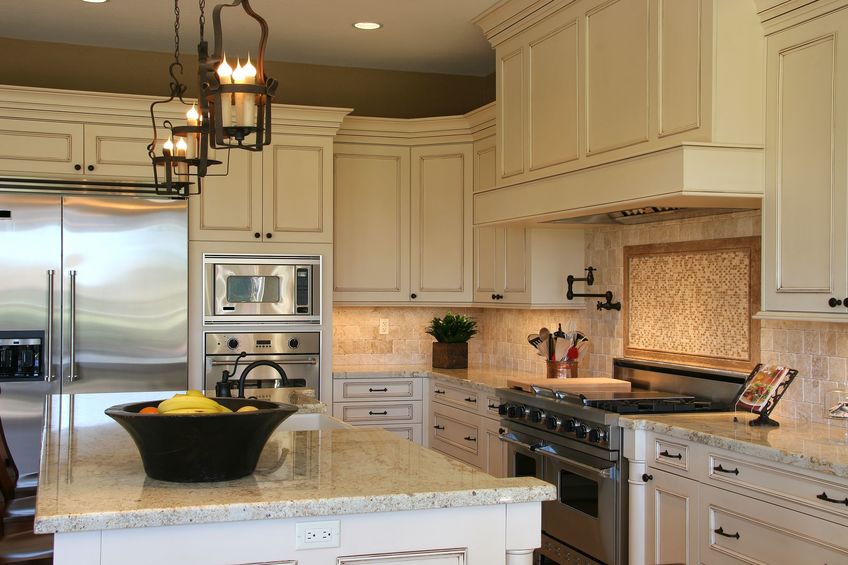Manufacturers provide a measure of power you should expect from a range hood in terms of cubic feet per minute (CFM). This means that a more powerful range hood will be more effective at its job based on the CFM range.
Factors That Determine a Good CFM Range Hood
- Amount of Ventilation Needed
The size of your stove is the key when choosing the power of your range hood. A larger stove will require a larger kitchen range hood. The type and frequency of cooking, as well as the BTUs generated by the stove, are all important considerations. Manufacturers always provide recommendations on the amount of ventilation required. Generally, range hoods are measured by the amount of air they can extract from a given area, which is usually measured in cubic feet per minute (CFM).
- Fan Size and Quality
Everything in a range hood starts with a quality fan. Blower fans that resemble hamster wheels outperform fans with blades (also known as impeller fans). A range hood fan should move a minimum of 100 CFM of air for every 12 inches of stove width. This means that if you have a stove that is 30 inches wide then you need a range hood with a fan that rotates at least 250 CFM of air.
- Range Hood Complexity
Make-up air has to enter from somewhere as you draw out the unhealthy smoke and unpleasant odors from your kitchen. This can be the air circulated through a filter system or outside air from your HVAC intake system. Range hoods that have more than 300 CFM are equipped with a dedicated make-up air system that can be expensive to install and operate. It is important to install a range hood that is not larger than what you should have to get the best value and functionality.
- Range Hood Noise
A larger range good may have a less powerful fan to reduce the amount of noise when powered on. Another option is to install a powerful fan in a range hood with variable speed control. All these features deliver good performance without getting too noisy. A quiet fan will have a rating of 65 decibels, which can be compared to the level of a conference room conversation.
The Best CFM for a Range Hood
For instance, a burner with an output of 35,000 BTUs requires a kitchen range hood that provides 350 CFM to clear the air effectively. However, purchasing a range hood with a higher CFM comes with its downsides as it produces a louder sound. Purchasing a range hood with a lower CFM might fail to suck up all unpleasant odors, smoke or steam from the kitchen leading to poor indoor air quality.
Keep in mind that some cities have restrictions on the amount of power a blower can have. It is important to consider these factors when purchasing a range hood to avoid expensive lawsuits that might unfold in the future.
Range hoods come with a wide variety of features that help to improve our way of living. Choosing a range hood with a good CFM will depend on your budget, preferences, and noise convenience. Range hoods with high CFM have powerful blower fans, which tend to generate a lot of noise compared to range hoods with a lower CFM. More airflow does not
guarantee faster venting but ensures better smoke capture and removal.

